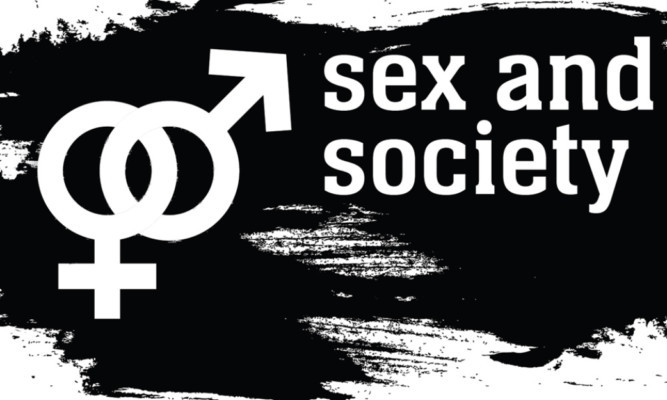Prostitutes working on the streets of Dundee are demanding a “safe zone” is created to protect them from attack.
Last week Forfar mechanic Kenneth Jolly was jailed for nine years for carrying out sex attacks on prostitutes. The 54-year-old raped one and sexually assaulted three others.
Now prostitutes in Dundee have told of how their desperate need for money forces them to risk their lives for money by selling their bodies on the street.
As part of our week-long Sex and Society investigation, The Courier spoke to one woman who explained how the need to avoid cameras and police means prostitutes are forced to go down dark closes or streets alone, where there will be no-one to help if they get in danger.
The woman, who asked not to be named, said: “I’ve nearly been raped. Basically some of them think that because you do this they own you. There is one girl who had to stab someone who got violent, and the police got involved.”
Another woman said “safe zones” where prostitution is essentially legalised would protect women from violent clients and reduce the risk of sexually transmitted diseases being transmitted.
She said: ““There should be safe zones. When we worked down in Exchange Street there was a dress code. Teams would come and give out condoms so the girls were safe. The police knew everyone so if someone wasn’t seen for a few days they would start asking around.
“Now people just dart everywhere and have to work in closes or dark streets.”
For more on our special series, see Tuesday’s Courier or try our new digital edition.
